As Tim Marsh looks over the fields in front of his farmhouse in Nova Scotia’s Annapolis Valley, he worries about what the future holds for his industry.
Marsh said input costs in the last six months have been unprecedented, with agricultural necessities like diesel, fertilizer, and herbicides costing exponentially more than they did just last year.
“Any of those major import inputs have just been skyrocketing in price,” he said. “Almost double fuel bills … fertilizer [is] double, if not triple.”
Marsh is not alone. Farmers and consumers across the province are feeling the strain of Canada’s inflation levels, which have reached a 31-year high.
Marsh has been farming 303 hectares of land for more than 20 years. As the president of the Nova Scotia Federation of Agriculture, he knows the struggles of others in the industry all too well.
“I know of a lot of producers that are literally waiting until this fall to see where their books end up to whether or not they’re going to be able to go another year,” he said.
“I’m very concerned. I’m not going to say there’s going to be a huge exodus, but I imagine there’ll be less farmers by this time next year.”
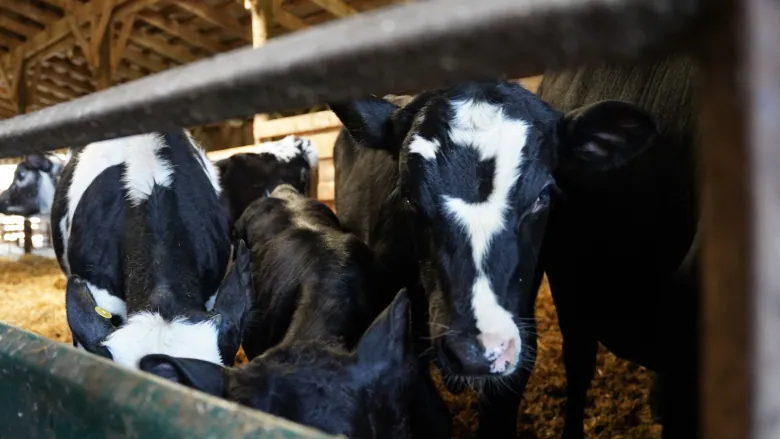
David Newcombe is the 10th generation to run his family farm in Port Williams. He said last year, his farm spent around $10,000 on herbicides. This year, that price rose to $30,000.
“Things can’t keep going the way they’re going,” Newcombe said. “You know, inflation needs to be curbed, and that’s something that’s out of my hands at this point.”
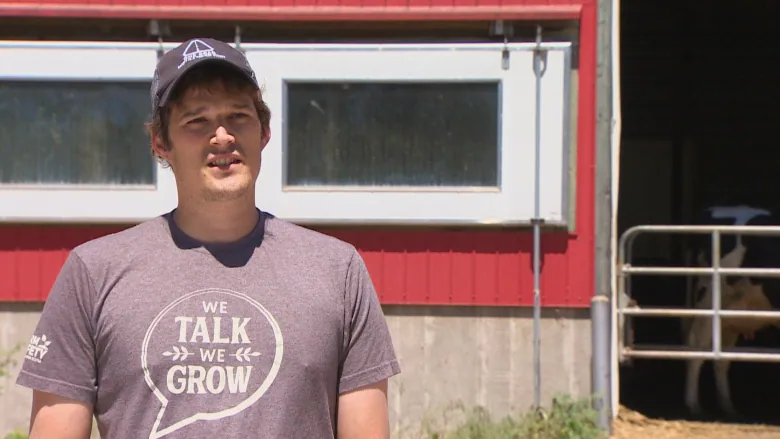
Amid farming cost concerns, Nova Scotia is facing another crisis. Feed Nova Scotia said last week that its food banks are experiencing significant demand due to rising food prices.
The organization’s president, Nick Jennery, said the number of new food bank users each month in the Halifax and Cape Breton regional municipalities is almost double compared to typical months. Families of five or more are going to food banks 30 per cent more often than single people, he said.
Marsh said there is “a lot of worry” among farmers about the cost of food.
“Farmers don’t want to pass on, you know, super high prices for consumers,” he said. “Especially the more marginalized, lower income level members of society, we feel for them.
“We do give different things to food banks now, but that’s just a short-term fix. We need everybody to be able to afford to buy food.”
Food prices expected to rise again
Richard Melvin is a fifth generation farmer in Canning, N.S., who grows vegetables like cauliflower, romaine lettuce, and green onion.
He said he almost didn’t plant this year because of cost concerns.
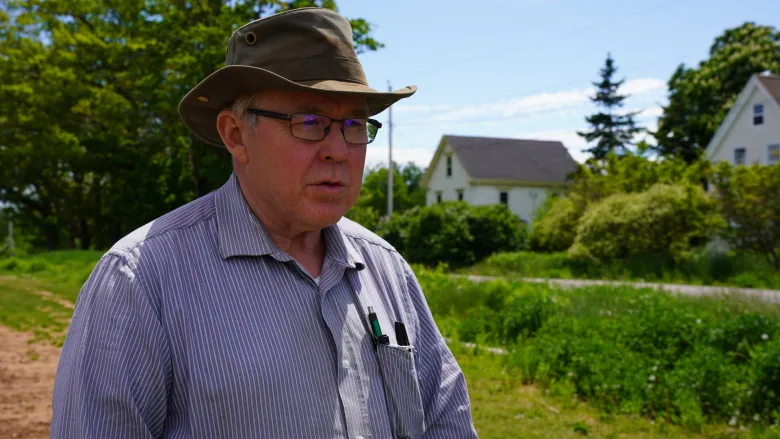
“In normal times, we’re used to dealing with one and two per cent per annum inflation,” Melvin said. “This year, everything we’re touching is up 10, 12, 15, 20, 25 per cent. So it’s kind of like a tsunami of cost increases that we’re dealing with.”
He said he is expecting his farm, Melvin Farms Ltd., to be operating in the red this year. And the only way to try and recoup losses is to try and raise his prices when he sells to the wholesalers that in turn sell to stores like Sobeys and Loblaws.
“We have to, unfortunately, pass most of this through [in our pricing] because we work on very narrow margins, even in a normal year, a one or two per cent margin,” he said.
But Melvin said it is a challenging time because there is no guarantee that wholesalers will pay the higher prices since farmers have no contracts and pricing can change weekly.
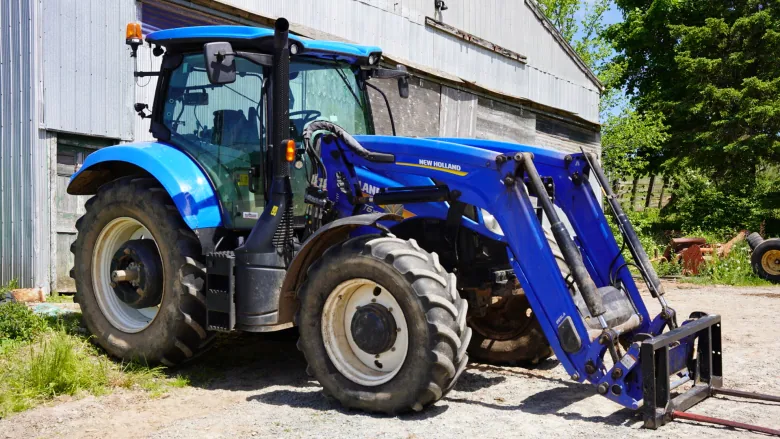
Marsh said at one time, Nova Scotia farmers produced most of the food local people consumed, but now less than 30 per cent of food in stores is grown locally.
Marsh said wholesale prices are driven down by the global nature of the market. He said things like berries from South America are sold for less than locally grown products.
World market
“[The wholesaler has] the whole world’s marketplace to buy from,” he said. “If a producer needs to raise by a few percentage points to cover costs and a wholesaler can determine that they can make more money by buying it elsewhere, they’re going to go by price.”
Marsh and Melvin said they believe the best way to fix this problem is for consumers to demand local products in their grocery stores.
Melvin pointed to provinces like Quebec that promote locally grown foods with clever marketing and clear labelling.
“We have to have more people demanding local to help,” Marsh said. “But at the same time, most people can’t afford to do anything other than shop by price. So we feel for that. I think it’s really a catch-22 for a lot of people.”
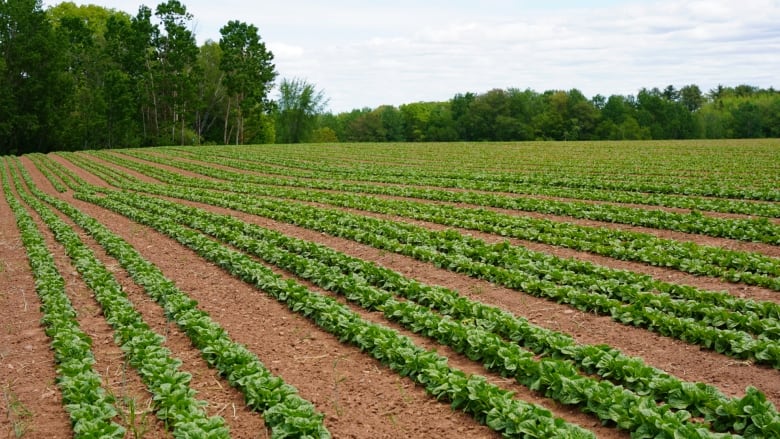
Marsh suggested a fair trade model, which is often used for chocolate and coffee produced in South America.
“In a lot of cases, the consumer doesn’t need to pay any more. They just need a better slice of that retail dollar to come back to the actual primary farmer.”
No government help yet
Last week, the provincial government said it was looking at ways to help with rising costs and inflation in the long term, but no aid has been announced.
Newcombe said he is concerned about the financial strain farmers and consumers are under, but he plans to keep going.
“The animals need to be fed … and crops need to be planted. So we’re just hoping that as things move on, that we’ll start seeing increases on the revenue side for our products that we sell,” he said.
“We’ve been here for 10 generations. I’m hoping we can make it another 10 at least.”
Reference-www.cbc.ca